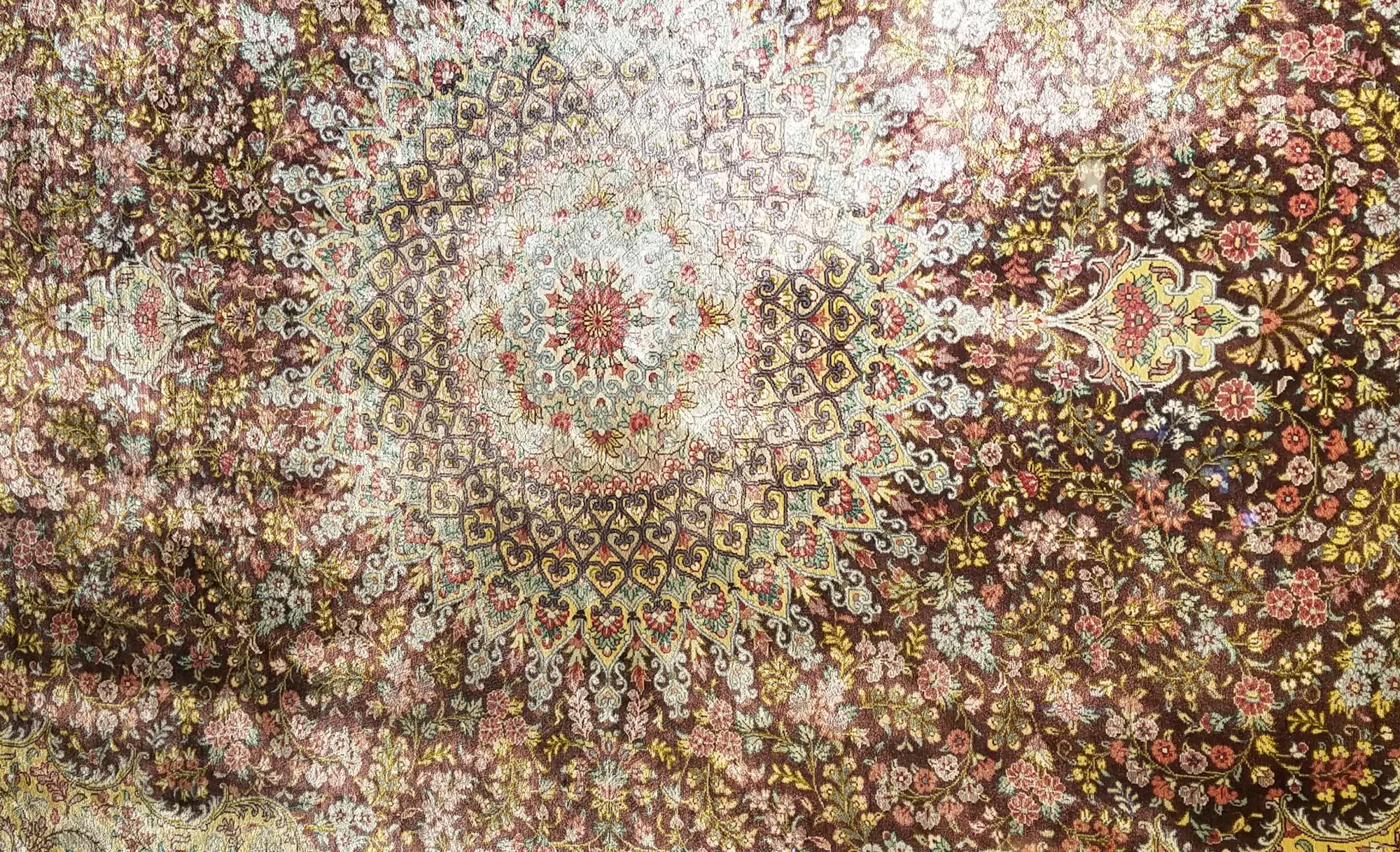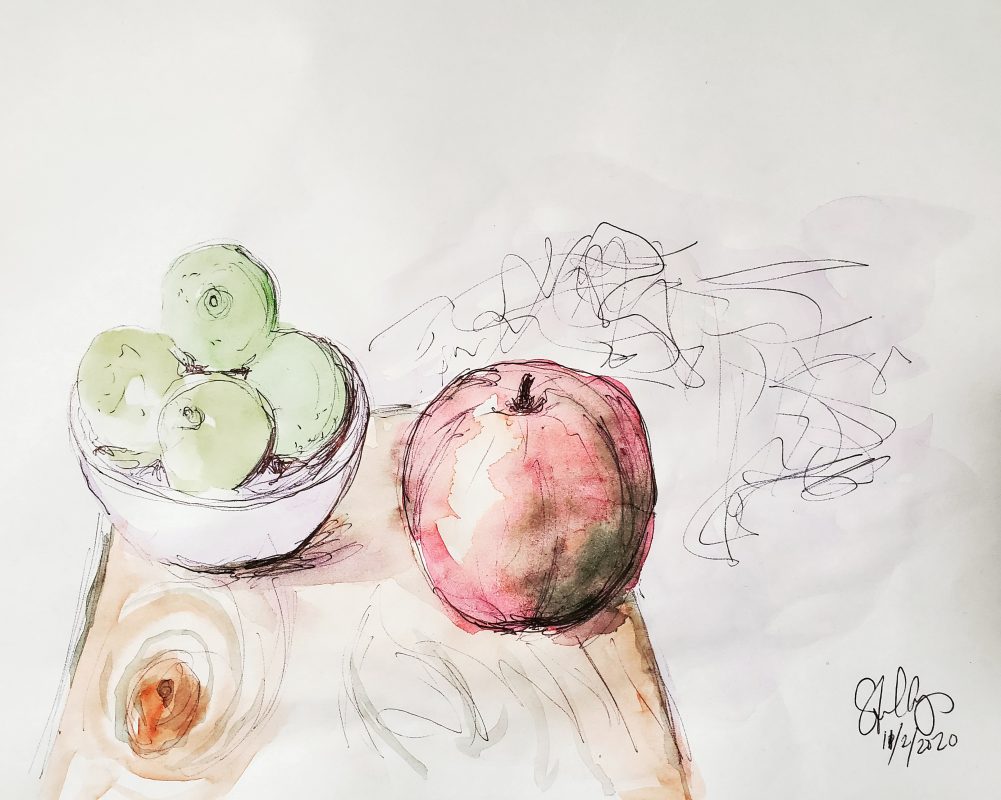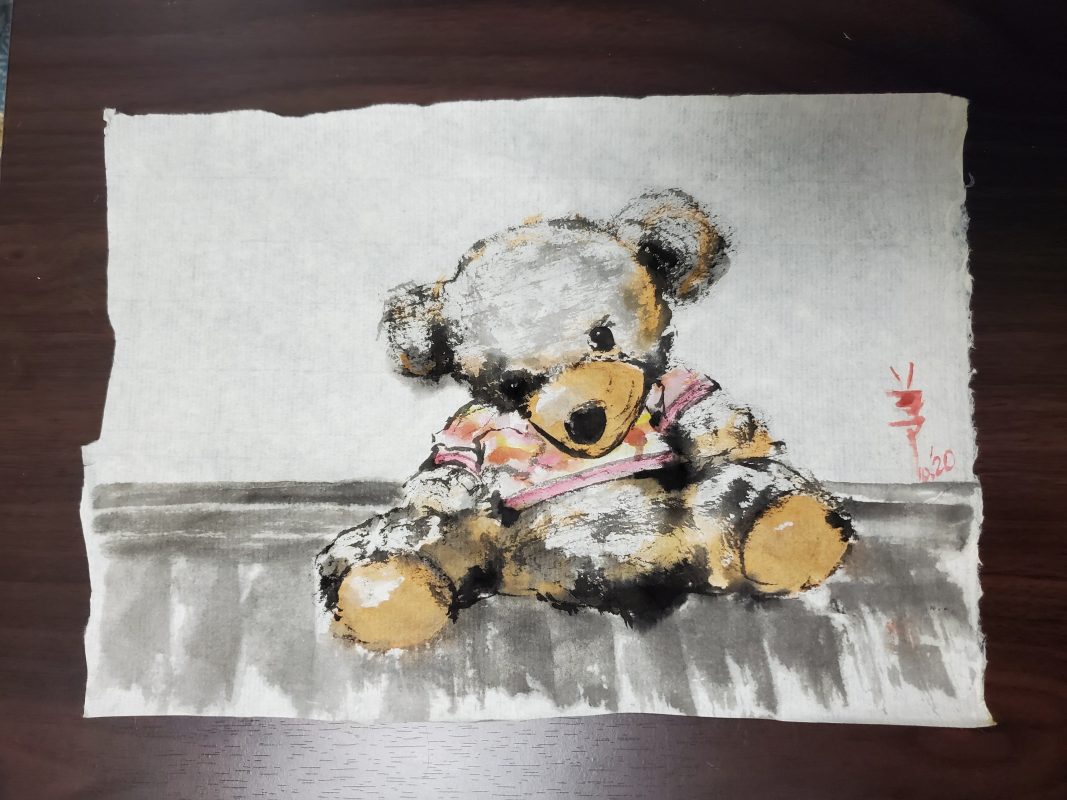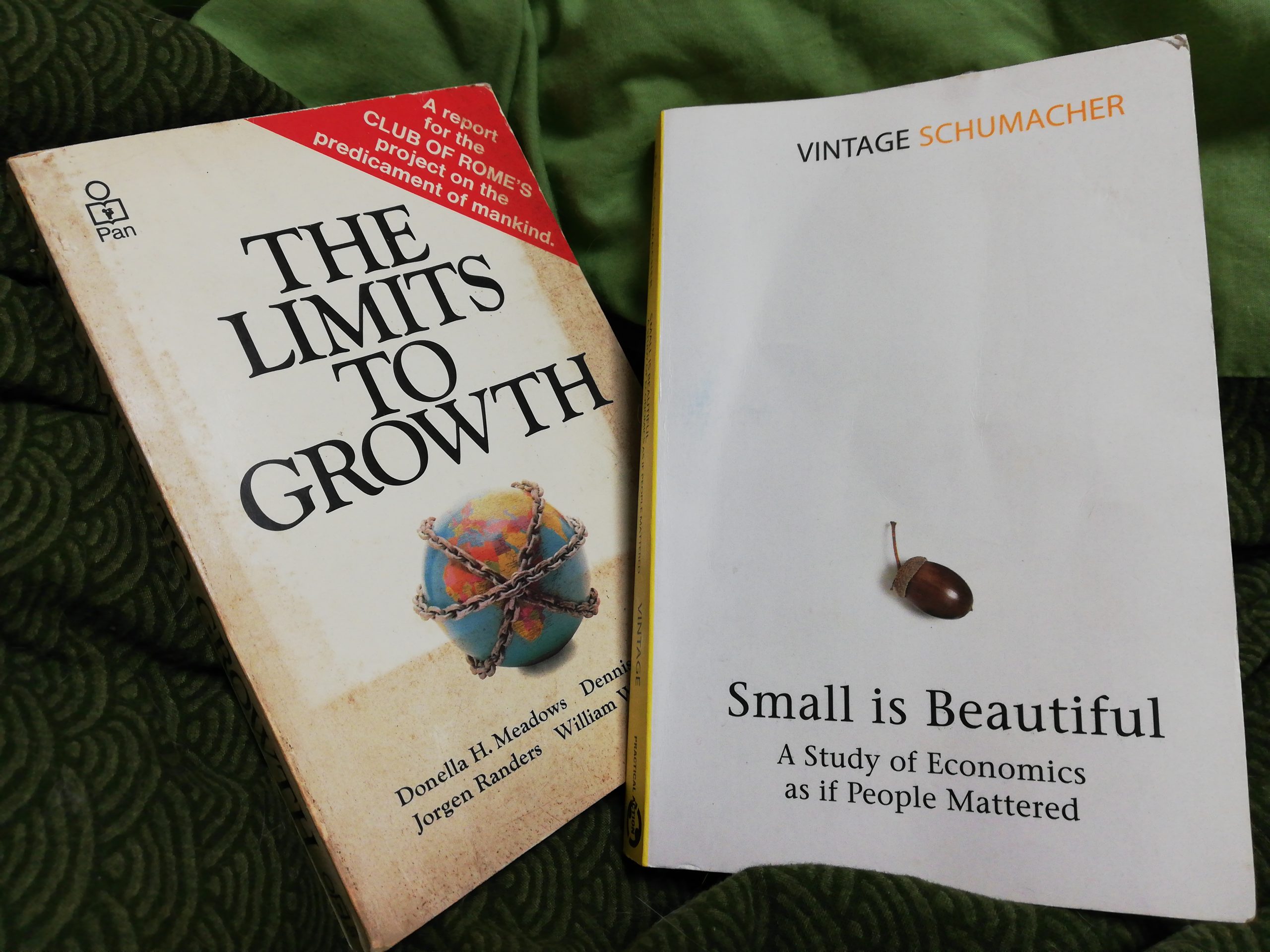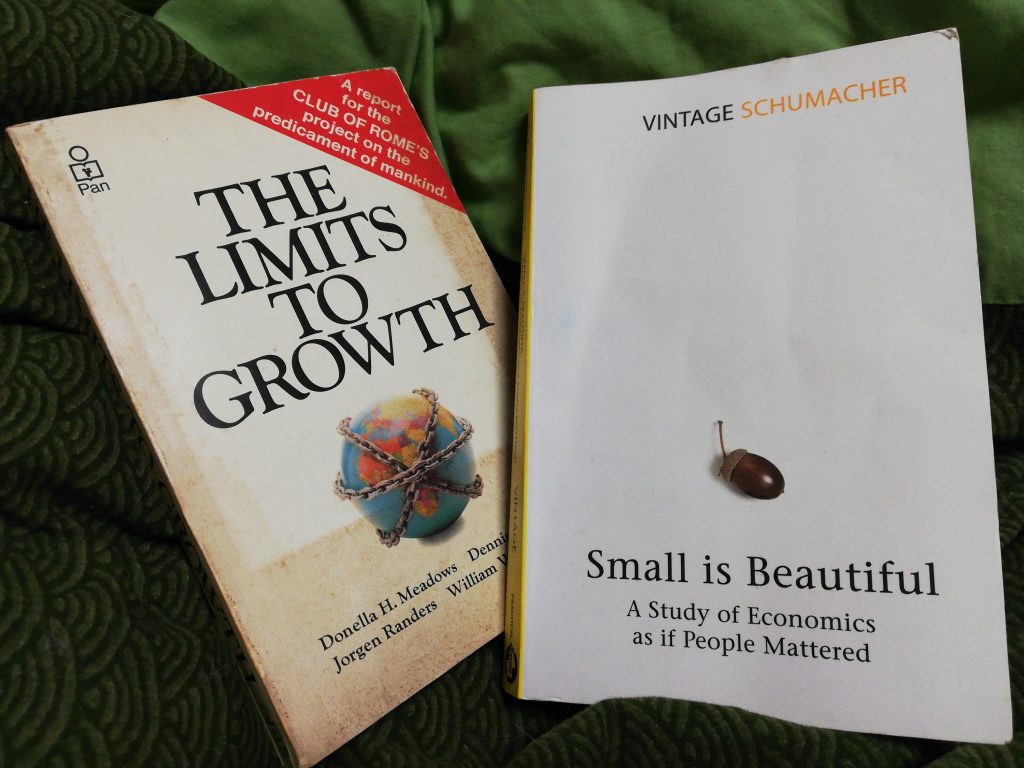When a loved-one passes away, there are so many emotions that it can be overwhelming. Coupled with work, it can seem like there is no option but to recover quickly and get on with life-as-usual. But doing so holds many negatives…
Some people turn to drugs and alcohol to deal with loss and pain. The problem with that is that, even though it might help in the moment, long-term it has severely debilitating effects on how you can move forward in life. Mood-altering substances produce confusion in the brain. Though used for the supposed purpose of healing, they hinder the ability of the mind to go through the motions of grief and then navigate back to how to deal with reality.
By numbing and denying, one not only loses the way, but also denies the pain and shuts down important aspects of the relationship, such as memories of the person, feelings for them, and urges thought why are gone. This denial buries these feelings in the subconscious where they affect the future of the griever through illness, stress, emotional instability, and other happenings that are opposite to real healing. In a way, the person who is gone can never find peace, and the person who is grieving can never really move on.
Rather than pushing through grief with resilience and control, Ossefort-Russel believes and I concur, that “the terms fortitude, bear-with-courage, transform, and humility underlie a story that honors the strength” of being honest to your feelings when someone passes away.
I hold the strong belief that without those feelings of acceptance, you deny the person their existence, pushing them away into the nether world so that you can get back to business-as-usual. It lacks integrity. One needs to accept their loss in order to honor them, and it can take a long time to recover when you aren’t denying it in your heart through resilience.
Silence, mindfulness meditation (feeling the pain in your body, thoughts, memories… and letting it go), journaling, sharing your feelings with someone close, therapy; these are all ways that you can honor your grief and also your loved-one. Feel it to the fullest and let it go; this will honor both your feelings and the person who was so very important in your life.
These methods are ways that one can truly move forward with integrity and become a deeper and more truly resilient person in the end, through acceptance and change.
https://thriveglobal.com/stories/resilience-a-new-grief-myth-that-can-hurt-you/
